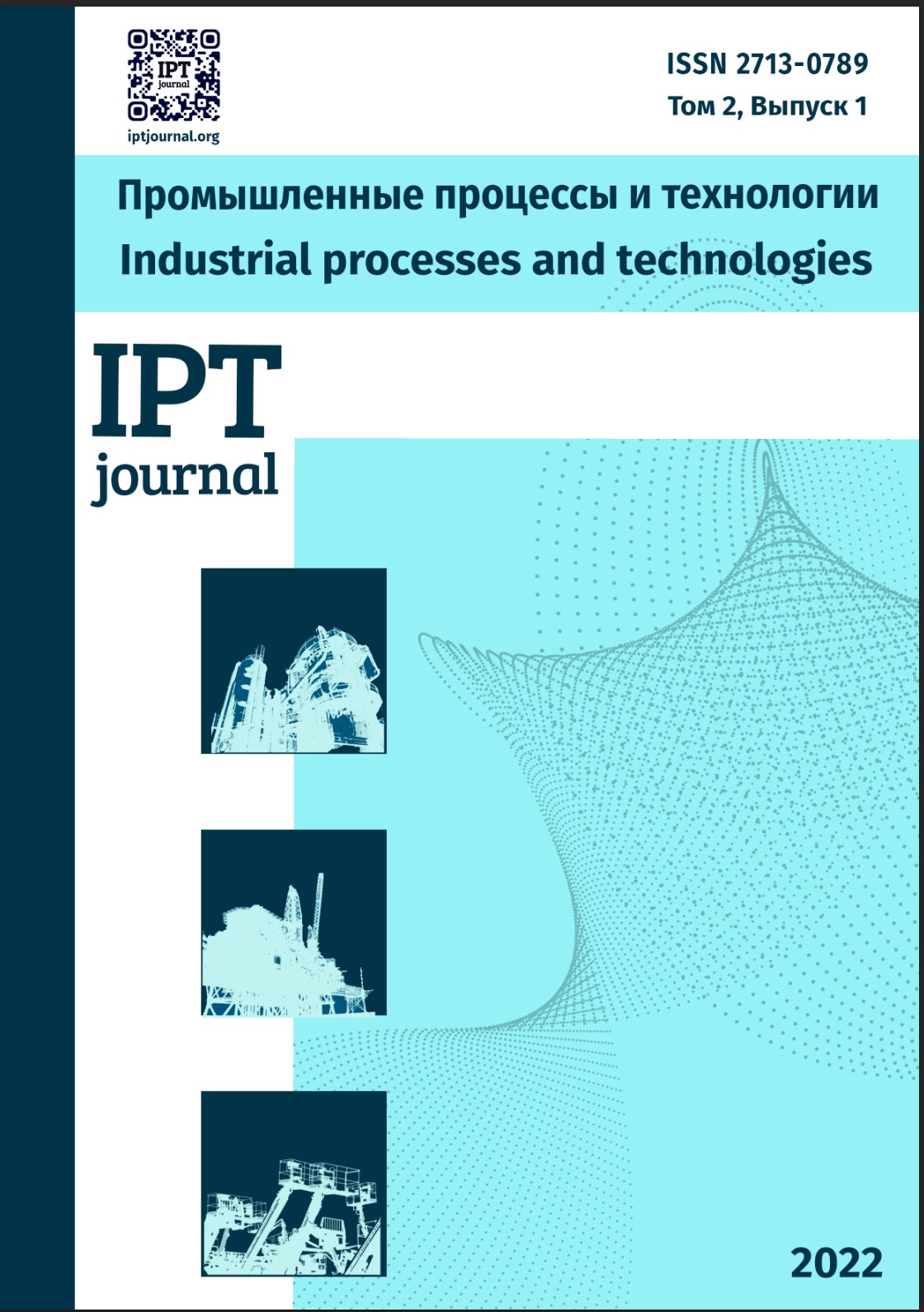Аннотация
В статье рассмотрены вопросы энергоэффективности различных типов автономных источников теплоснабжения (АИТ) и сравнение их с системами централизованного отопления. Дана краткая характеристика различных типов АИТ и проведён обзор их энергетических показателей на примере высотных и малоэтажных зданий, использующих альтернативные источники энергии (солнечную, ветряную и геотермальную). Рассмотрены примеры применения АИТ в странах с различными климатическими условиями. Определены перспективные задачи по внедрению автономных источников теплоснабжения, а именно: при благоприятном климате солнечные батареи, ветряные мельницы и геотермальные системы способны полностью снабжать теплом малоэтажные здания. Небоскребы при использовании автономных источников теплоснабжения существенно снижают затраты на коммунальные услуги, автономные источники теплоснабжения способны обеспечить до 30% от общих потребностей здания в энергии.

Это произведение доступно по лицензии Creative Commons «Attribution» («Атрибуция») 4.0 Всемирная.
Copyright (c) 2022 Промышленные процессы и технологии
